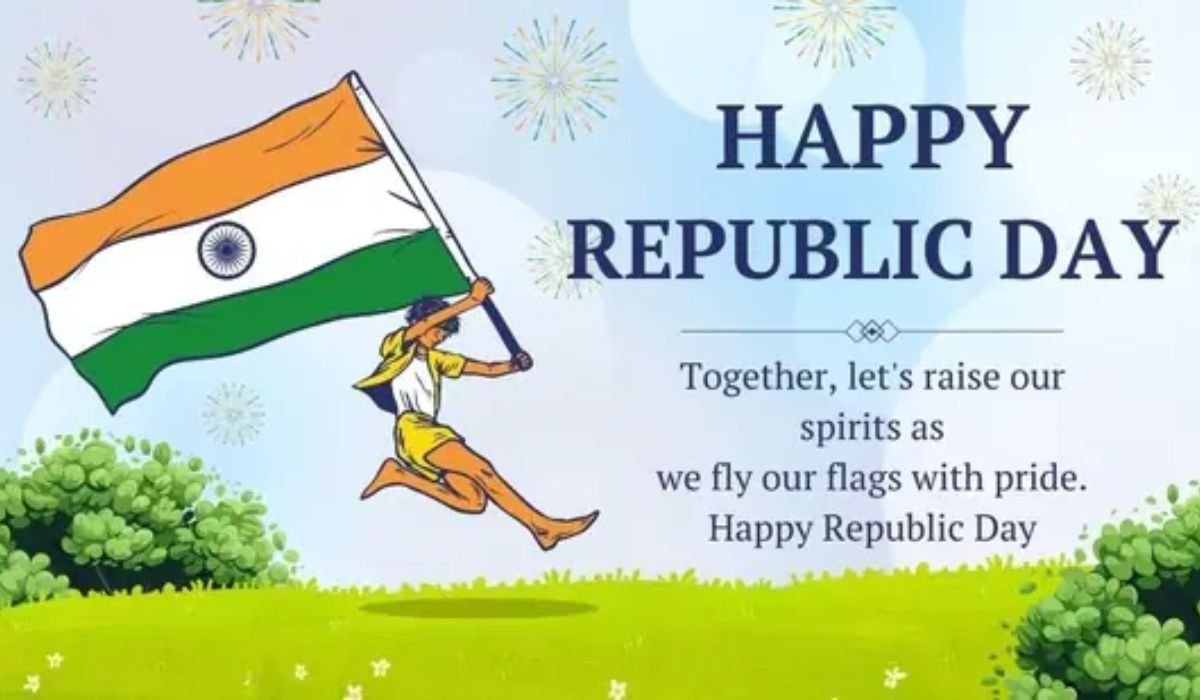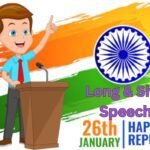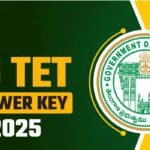Why celebrate Republic Day: Republic Day is celebrated every year on 26th January. It commemorates the implementation of the Constitution in the country. 26th January was chosen as Republic Day because on this day in 1929, Purna Swaraj was declared.
Every year on 26 January, the country celebrates Republic Day. The country celebrated the first Republic Day on this day in 1950. That year it was a day of extremely cold weather. After several consecutive days of fog, the sun shone on the morning of 26 January 1950. This sunshine was telling the story of the rise of India as a republic. On that day, India became a truly sovereign republic, completely free from the shackles of colonialism and three years after gaining independence.
Why celebrate Republic Day: Behind Story
On the same day, i.e. 26 January 1950, the first President of India, Dr. Rajendra Prasad, started his term. As soon as the day started that day, citizens in Delhi took out Prabhat Pheri, played drums and conches, and patriotic songs were sung. Similar celebrations were held across the country. Since then, every year on 26 January, the country has been celebrating Republic Day and has been immersed in similar celebrations.
Difference between Independence Day and Why celebrate Republic Day
Independence Day is celebrated on 15 August. It is celebrated to commemorate the independence of the country from the British rule, while Republic Day is celebrated every year on 26 January. It commemorates the implementation of the Constitution in the country. 26 January was chosen as Republic Day because on this day in the year 1929, the Indian National Congress had declared complete independence, opposing the dominance of British rule.
The story of India becoming a republic:
When the country became independent on 15 August 1947, a committee was formed on 29 August 1947 to draft a permanent constitution for independent India. It is known as the Drafting Committee or Draft Committee. Dr. BR Ambedkar was made the chairman of that committee.
By 4 November 1947, that committee had prepared the draft of the Constitution and presented it to the Constituent Assembly. The Assembly held discussions on it in several sessions for almost two years before finally adopting the Constitution.
24 January is a special day in becoming a republic:
On 24 January 1950, the last stone was laid for the foundation of the country becoming a republic. On that day, the Constituent Assembly that made the Constitution met for the last time. 308 members of that assembly signed that Constitution. These signatures were the final seal on the Constitution. On that day, three copies of the Constitution were signed. One copy was printed in English, while the other two copies were handwritten. One of these was written in Hindi and the other in English. These handwritten copies are called the original copy of the Constitution.
On this day, the country’s first President Dr. Rajendra Prasad was elected unanimously. When the Returning Officer of the elections announced the candidates, it was found that Rajendra Prasad was the only candidate. In this way he was elected unopposed. The third major work was also done on the same day, that was to reach a consensus on the national anthem and national song.
Tradition of Republic Day:
From 1950 and 1954, the Republic Day parade was held at Irwin Stadium (now National Stadium), Kingsway, Red Fort and Ramlila Maidan. Since 1955, the Republic Day celebrations have been held on Rajpath. Now it has been renamed as Kartavya Path.
Read More:- Jiwaji University Result 2025 OUT at jiwaji.edu, Download Now
Every year a leader of a particular nation is invited as the chief guest for the Republic Day parade. Indonesian President Sukarno was the first chief guest to attend India’s Republic Day celebrations in 1950. This year in 2023, Egyptian President Abdel Fattah al-Sisi will be the chief guest on India’s 74th Republic Day.
What happens in Republic Day celebrations:
The parade begins after the arrival of the President of India. The President’s horse-mounted bodyguard salutes the national flag first, after which the national anthem is played. This is followed by a 21-gun salute. This salute is given by seven cannons of the Indian Army, known as ’25-pounders’. Three rounds are fired from each cannon.
Every member of the army participating in the march has to go through four layers of checking. Even their weapons are inspected extensively to ensure they are not carrying live cartridges.






